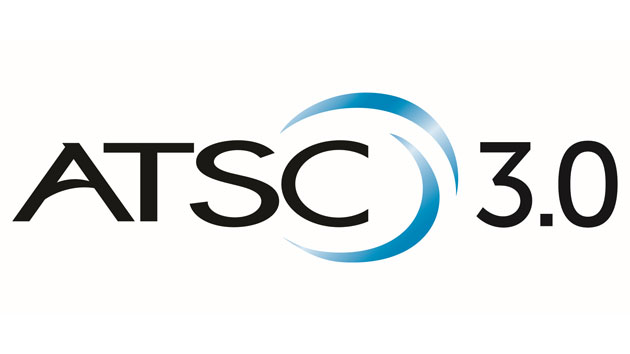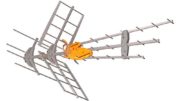ATSC 3.0 is the next generation broadcast standard. When it becomes common, you’ll have the ability to get on-demand content and 4K with nothing but an antenna. It sounds great, but will it ever happen?
A lot of fuss and bother and then…
If you take a look at our ongoing coverage of ATSC 3.0, you’ll see that news comes in bursts. About twice a year someone gets all excited about the technology and it’s usually due to one news story that gets picked up by several outlets. It’s fun to read about ATSC 3.0 because it seems very science-fictioney. The truth is not nearly as entertaining.
We don’t have flying cars either.
ATSC 3.0 seems like one of those technologies like robot maids and flying cars that never quite arrives. The reason is simple: it’s an incredibly complex and expensive transition that most people don’t want. While it’s great to talk about 4K and downloadable content with an antenna, people already have this with streaming. When you talk about 4K, we’re still not at the point where there’s enough 4K content to make a difference, and it’s not so incredibly impressive that people are rushing out to buy new TVs and streaming devices.
Unlike streaming, over-the-air television is subject to all sorts of federal regulations. The FCC made it easier for ATSC 3.0 to move ahead when they abandoned decades of precedent last November. Their new rules allow for ATSC 3.0 broadcasts to take place as long as the same content is broadcast on a regular channel. This is different from previous rules that went back to the 1920s, saying that every broadcast in the public bands must be able to be received by every TV or radio.
Even this move has not really jumpstarted ATSC 3.0. There are ongoing trials in Phoenix and we have heard a little news here and there. Still, there’s every reason to believe that ATSC 3.0 is three to five years away at the least. By that time you’ll have a 5G cell phone that gets 4K broadcasts with no problem. It’s hard to say that you’ll be interested in 4K over the air.
You’ll still need a new TV or converter box.
ATSC 3.0 won’t come free. There are no TVs or tuners available today that support it. In order to see these broadcasts, you’ll need an internet-connected TV with a compatible tuner. When we all went through this last time, the government gave each family $100 to spend on converter boxes. Are they likely to do that again? I suppose in 3-5 years the government could be controlled by different people, but today’s Congress probably wouldn’t vote to do that. Wouldn’t you agree?
Will ATSC 3.0 cause the downfall of the broadcast industry?
That’s a pretty harsh statement. Still, I’ve wondered it myself. What if people aren’t convinced that there’s a benefit to ATSC 3.0? Suppose traditional broadcasting stops like it did last time — back in 2009, all old-school TV signals just went off the air. Without federal subsidies, will people turn their back on over-the-air TV and move to streaming only?
I hope not, that’s for sure. I want to believe there is a really strong future for over-the-air TV and that this transition will make it stronger. It’s mostly a matter of timing, though. As the internet takes up more and more of our lives, as our phones become even more and more of a portal for our daily existence, the window may close on every other form of broadcasting. If that does happen though, I believe it will take a full generation. When the last baby boomer finally passes away it may happen. Statistically that’s likely to happen some time after 2047. Point is, it’s not happening anytime soon.
So the message is…
ATSC 3.0 isn’t the savior of the broadcast industry. It won’t be the destruction of the industry either. It’s just another thing we’ll ease into in time, and when you sit down and think about it, that’s probably for the best.





